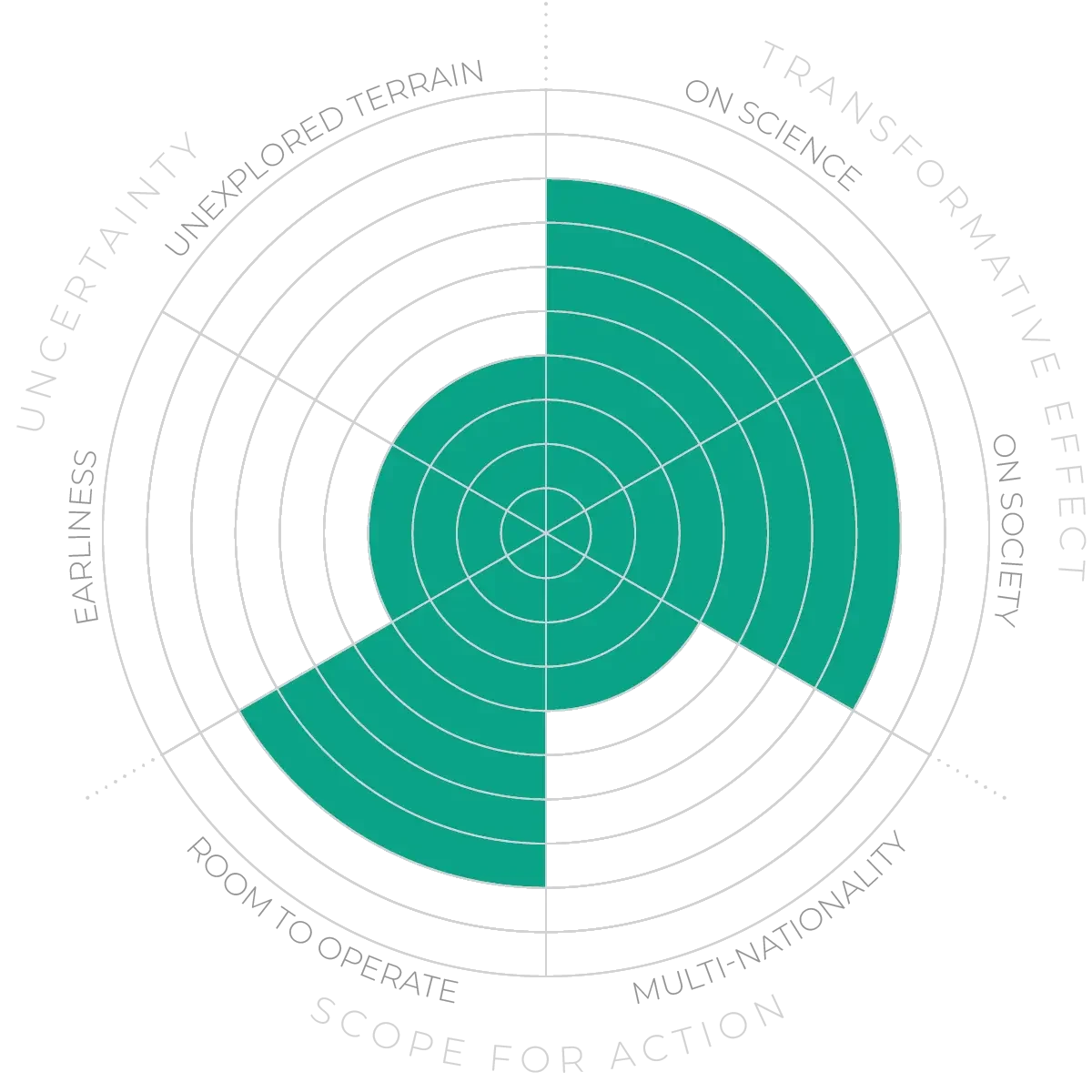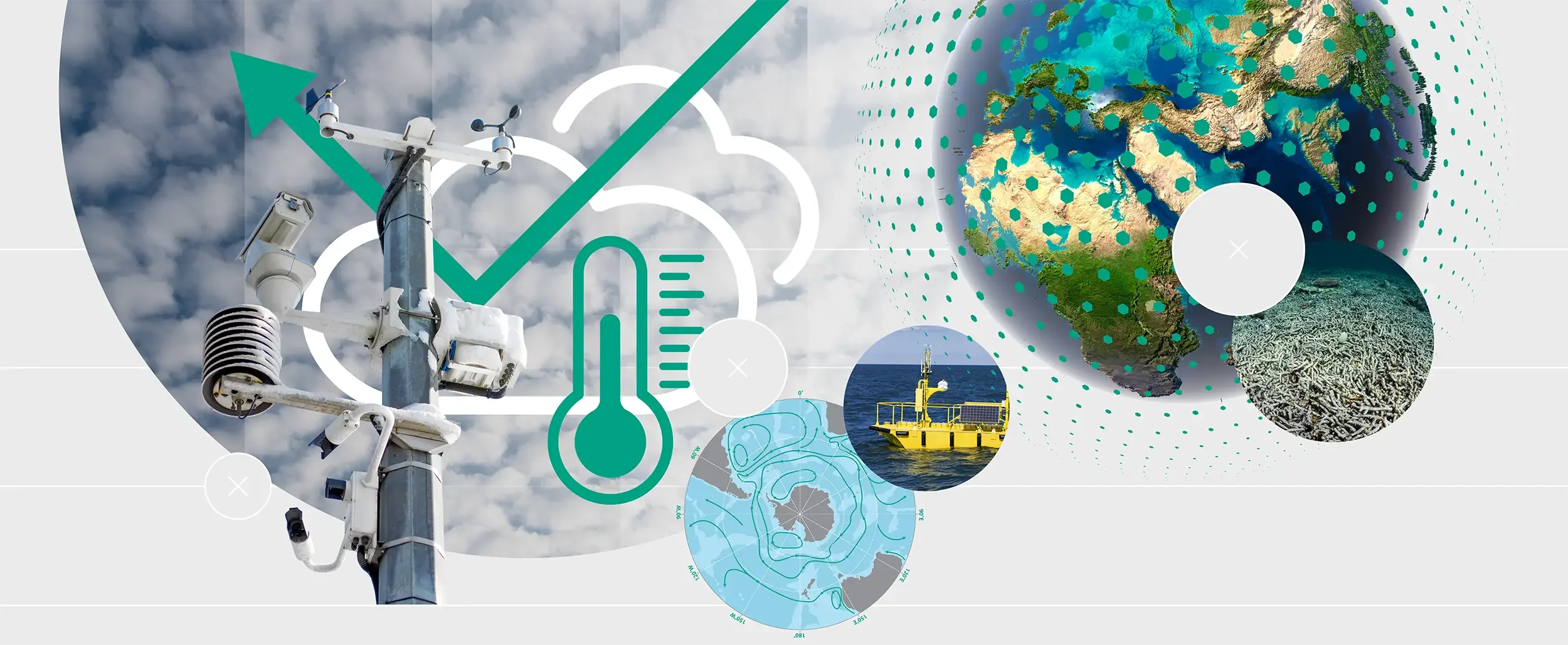Future Horizons:
10-yearhorizon
Models include cloud influence
25-yearhorizon
High-resolution modelling and exascale computing improves prediction
In recent years, there has been more concern about cloud feedbacks. High-resolution climate simulations show that low-lying stratocumulus clouds will break up in a warmer climate, reducing their shading effect and allowing for greater warming.1 This is significant, because these clouds are common in the tropics, shading 20 per cent of low-latitude oceans.
Better modelling of such feedback mechanisms, especially through refinement against observational data, can help us understand these risks and improve the fidelity of our climate models. In recent years, for example, researchers have successfully reconstructed the history of the Atlantic Meridional Overturning Circulation (AMOC) going back over a century.2 This means it is now possible to put observations of current AMOC changes into their long-term context — and this suggests that the AMOC is indeed slowing.3 This may, in the near term, increase the overall warming at the surface.4
Models also need to take more account of ecosystem feedbacks, such as those from the melting of permafrost (an event that could release large quantities of greenhouse gases, potentially accelerating and increasing the warming trend5), climate-induced human migration and coral bleaching, all of which can have feedback effects on climate systems.
Modelling of feedbacks in the Earth system - Anticipation Scores
The Anticipation Potential of a research field is determined by the capacity for impactful action in the present, considering possible future transformative breakthroughs in a field over a 25-year outlook. A field with a high Anticipation Potential, therefore, combines the potential range of future transformative possibilities engendered by a research area with a wide field of opportunities for action in the present. We asked researchers in the field to anticipate:
- The uncertainty related to future science breakthroughs in the field
- The transformative effect anticipated breakthroughs may have on research and society
- The scope for action in the present in relation to anticipated breakthroughs.
This chart represents a summary of their responses to each of these elements, which when combined, provide the Anticipation Potential for the topic. See methodology for more information.



